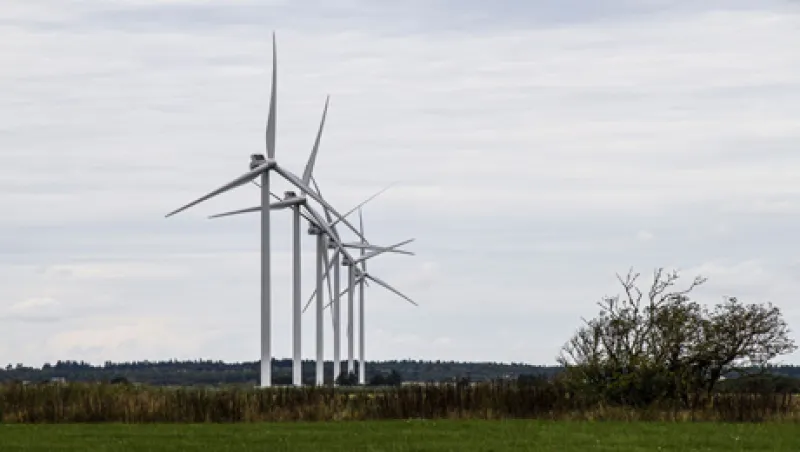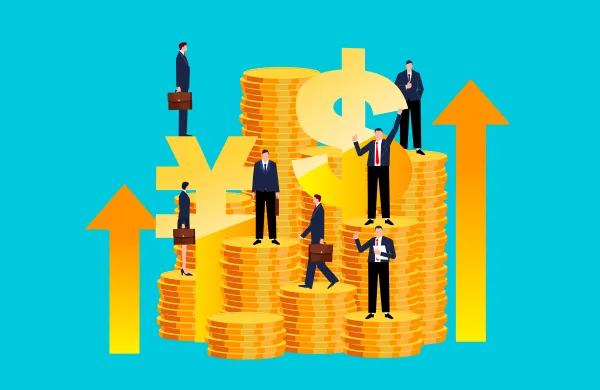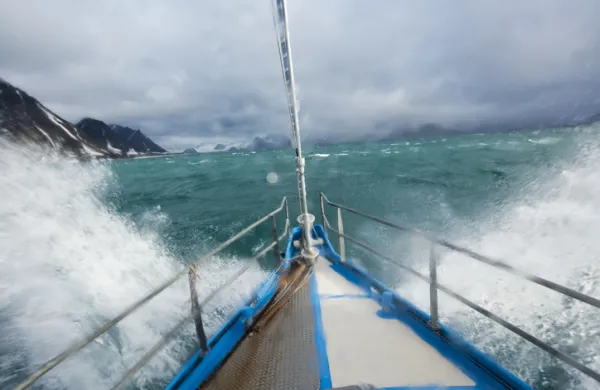Growth does not guarantee good stock price performance. Just ask investors in Chinese stocks, which have endured a long bear market despite the country’s robust pace of economic expansion.
That painful contrast is familiar to investors in Europe’s renewables sector. Although interest in green technology such as wind and solar power has increased steadily, share prices of European renewables manufacturers dropped sharply between 2008 and 2012. For several major listed companies in the sector, “equity prices almost went to zero,” says Roland Vetter, head of research at the CFP Equity Fund, a utilities and infrastructure hedge fund established in London in late 2012.
Lately, however, the sector has staged a rebound, and some investors believe this rally has legs. CFP, which is still securing investor backing, has had long positions since early 2013 in two of the bigger players in this space, Danish turbine maker Vestas Wind Systems and its Spanish rival, Gamesa Corporación Tecnológica.
Vestas saw a meteoric fall in share price, tumbling 51.4 percent last year to a low of 23.25 Danish kroner ($4.23) on November 20, 2012 — far below the all-time peak of Dkr700 in 2008. The company was a victim of the sector’s collective proclivity for overexpansion when credit was cheap before the credit crunch. The result was excess capacity, which pushed down margins, creating growth without profits. A surge in Chinese manufacturing capacity for wind turbines and solar panels aggravated the downturn, depressing equipment prices and tipping Vestas and many other manufacturers into the red.
But stock prices of European renewables manufacturers have rebounded since the start of 2013. Vestas, for one, is up nearly 400 percent on the year, hitting a 52-week high of Dkr158.90 on October 18. The reason, say investors, is a streamlined approach to production management.
“The sector is like the auto industry a hundred years ago,” says Vipin Ahuja, fund manager of the £7.3 million ($11.8 million) Allianz Global EcoTrends fund in London. “It has been figuring out lean manufacturing, including how to reduce working capital.”
Under Anders Runevad, brought in from Ericsson in September as CEO, Vestas is focusing on three core areas: reducing costs, cutting investment and increasing capacity utilization, largely by selling off facilities. It has slashed annual capital spending from €791 million to €220 million ($1.08 billion) in two years, according to a presentation prepared by Vestas for the company’s investors. From the second quarter of 2012 to the second quarter of 2013, it also reduced working capital by trimming inventories and receivables.
As for Vestas’ aforementioned rival, Spain’s Gamesa has employed a similar strategy: closing facilities, renegotiating rents and laying off staff. Those efforts boosted earnings before interest and tax to 5.9 percent of sales during the first half of this year, from a scant 0.9 percent in the same period a year ago, according to a presentation shown to investors. Much of this improvement was under the tutelage of recently appointed executive chairman Ignacio Martín, who joined Gamesa after serving as the CEO of Bilbao-based car parts manufacturer CIE Automotive. Martín replaced Jorge Calvet, who was chairman and CEO of Gamesa, who presided over an 89 percent plunge in Gamesa’s share price during his 31-month tenure.
“The manufacturers were generally quite poorly managed. They were not thinking about how to build resilient businesses,” says Simon Webber, portfolio manager of the climate change strategy at London-based Schroders, which has £256 billion ($414 billion) under management. Recently, however, “there has been a sea change,” he adds. “Instead of just building for growth, new management is thinking about investing for growth and profitability.”
Webber manages $370 million of funds, including mandates specifically earmarked for climate-change-related investments. One recent addition, taken on over the summer, is a position in Meyer Burger, a Swiss maker of equipment for producing solar wafers and photovoltaic roof panels. Meyer Burger’s stock is up 23.61 percent over the past 52 weeks, closing October 23 at 11.50 Swiss francs ($12.77) per share, near its 52-week high of CHF 11.75. Webber cites high entry barriers and differentiated products as two factors that are particularly important when considering investing in renewables. Webber acknowledges that rival Chinese companies are competing with Meyer Burger, largely on cost. In this niche, however, quality is key. “Customers are not just looking for the cheapest possible equipment from China,” he says.
Beyond overexpansion, another potential obstacle to the growth of the European renewables manufacturing sector is the dependence of energy producers — the manufacturers’ very customers — on government aid. Climate change skepticism may pose a threat to tax credits for wind energy in the U.S., but political support for subsidies in Europe remains favorable, contends Jonas Olavi, head of equities at Stockholm-based Nordea Savings & Wealth Offerings, part of the Nordea financial services group, which has €219 billion in assets under management. Olavi believes November’s United Nations climate change conference in Warsaw will lead to more ambitious long-term goals in the renewables sector. He notes that the European Union has already set a target of producing 20 percent of its energy from renewable sources by 2020, and EU member states are discussing the possibility of fixing a more ambitious target for 2030. Nordea has had a buy rating for Vestas since February.
Allianz’s Ahuja argues that renewables production is gradually becoming less dependent on subsidies as technological advances reduce the cost of generating renewable energy. “Costs have fallen so much that unsubsidized solar works in some parts of world, such as in Africa,” he says.
Another potential barrier to investing in European renewables makers is the high price volatility of recent years. “There was a time when investors asked, ‘Are they going bust or not?’ This made investors nervous, generating volatility,” says Vetter of CFP. He notes, however, that as doubts about the survival of these companies have been quelled, volatility has fallen somewhat, although it is still above the market average.
Investing in companies with high growth but low or even negative earnings always leads to more volatility, even if they are inherently promising, says Olavi of Nordea. “They can still be included,” he says, “but as a smaller portion of the portfolio.”
Read more: “Green Energy Sector Benefits from Growing Insurance Market”






